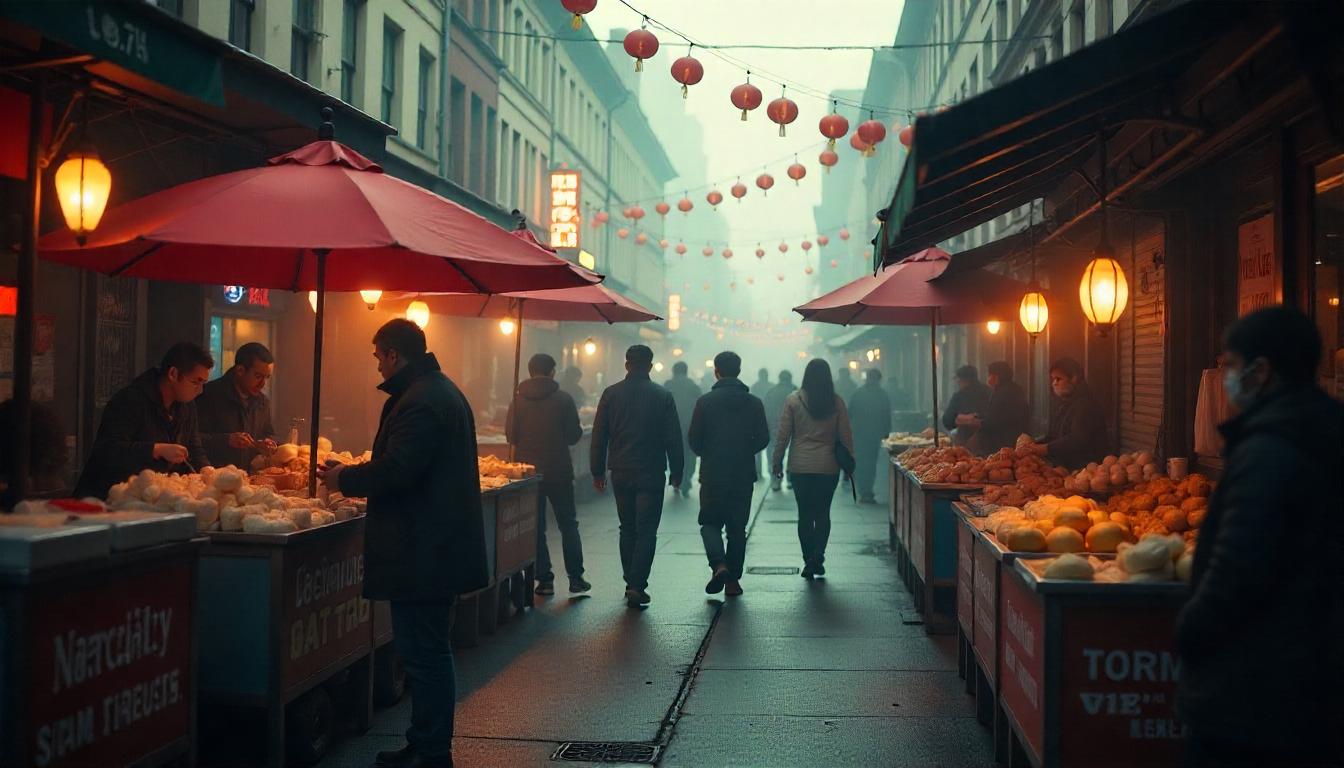In the heart of many cities around the world, the vibrant sounds and smells of Chinatown hawker stalls offer more than just culinary delight—they tell a story about cultural resilience, community, and a quiet but powerful stance on sustainability. As the sun sets and steam rises from the last stir-fried dish, a question emerges: what happens to the leftover food?
While many urban centers struggle with towering food waste—often trucked straight to landfills—hawker stalls in Chinatowns around the globe have long practiced an intuitive, culturally grounded approach to managing leftovers. It’s a practice that isn’t just about saving scraps; it’s a cultural philosophy embedded in generations of lived experience and frugality. And in a world facing a mounting food crisis, there’s a lot the rest of us can learn.
A Culture Rooted in “Not Wasting”
In Chinese culture, the idea of “不浪费” (bù làng fèi)—not being wasteful—goes far beyond the kitchen. It’s a moral value passed down through generations, shaped by times of famine, migration, and rebuilding. For hawker stall owners, many of whom are second- or third-generation immigrants, this principle plays out daily.
Rather than tossing unsold dumplings or noodles, many stall owners engage in practices such as:
- Discounting food at closing time to ensure it sells rather than spoils.
- Donating to local charities or food banks, where infrastructure allows.
- Sharing leftovers among workers or with nearby stalls in an act of mutual support.
- Reusing ingredients safely for the next day’s prep—like turning day-old rice into fried rice, a traditional dish that itself was born from the idea of waste minimization.
These aren’t new practices, nor are they usually publicized. They’re quiet, efficient, and rooted in the understanding that food is too precious to throw away—a perspective that many modern urban systems sorely lack.
The Contrast: Modern Waste vs. Traditional Wisdom
In many Western urban centers, food waste has become institutionalized. Supermarkets dispose of items past their sell-by date, restaurants overproduce to keep up with consumer demand, and legal restrictions often prevent redistribution. Ironically, the abundance of food has made it easier to forget its value.
But Chinatown hawker culture resists this trend. By operating on razor-thin margins and valuing community trust, these vendors can’t afford to waste. And more importantly, they don’t want to.
This deeply contrasts with the performative sustainability campaigns seen elsewhere—where greenwashing can overshadow real, grassroots action. In Chinatowns, sustainability isn’t a buzzword. It’s a way of life.
Barriers and Challenges
Of course, hawker stalls are not immune to the challenges of the modern food system. Health regulations, local ordinances, and gentrification threaten their ability to operate traditionally. In cities like San Francisco or Vancouver, rising rents and policy crackdowns mean fewer family-run stalls and more commercialized food courts.
Moreover, not all leftover food can be reused or donated due to health codes, which often prioritize risk aversion over practical redistribution. This highlights a major tension: how do we honor cultural sustainability practices while ensuring public safety?
What Can Other Cities Learn?
The answer may lie in policy evolution inspired by culture, not just compliance. Here’s what cities can adapt from Chinatown’s hawker traditions:
- Encourage closing-hour discounts through digital tools or city-wide initiatives to normalize purchasing food near expiry or end-of-day.
- Create micro food donation networks with relaxed regulations for low-risk, short-distance redistribution.
- Educate consumers on the value of “imperfect” food through campaigns that highlight cultural practices.
- Provide support for cultural vendors to thrive—not just survive—through grants, tax breaks, or protection against gentrification.
Cities must also recognize the wisdom of immigrant and working-class communities in sustainability conversations. Often, these communities practice sustainability out of necessity, not trendiness. Their insights are not only practical—they are essential.
A Final Bowl
As you walk through a Chinatown at dusk, watching as the last plates are wiped clean and the stalls begin to shut down, know this: there is a quiet revolution happening. One that doesn’t need plastic-free slogans or Instagrammable compost bins. Just a steaming bowl of fried rice, made from yesterday’s efforts and today’s care.


